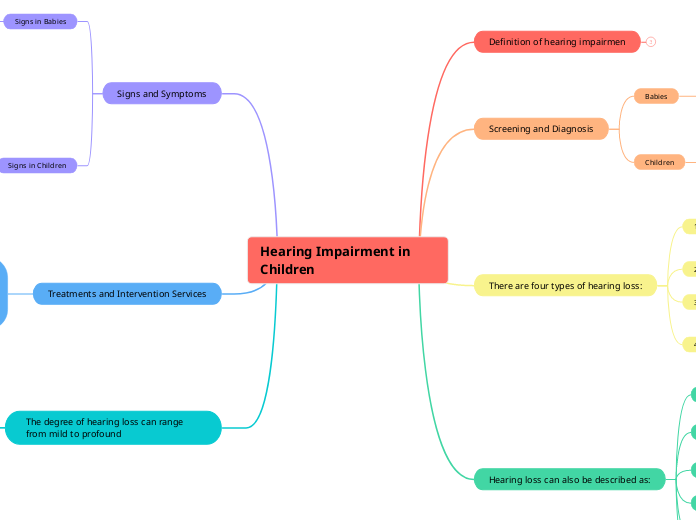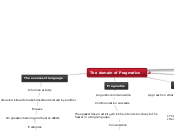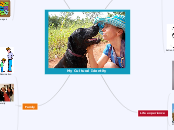によって mina frpfrp 1年前.
153
Hearing Impairment in Children
Children with hearing impairment may experience various types of hearing loss, which can be classified based on the onset, progression, and location of the loss. Hearing loss can affect one or both ears and may either remain stable or fluctuate over time.









